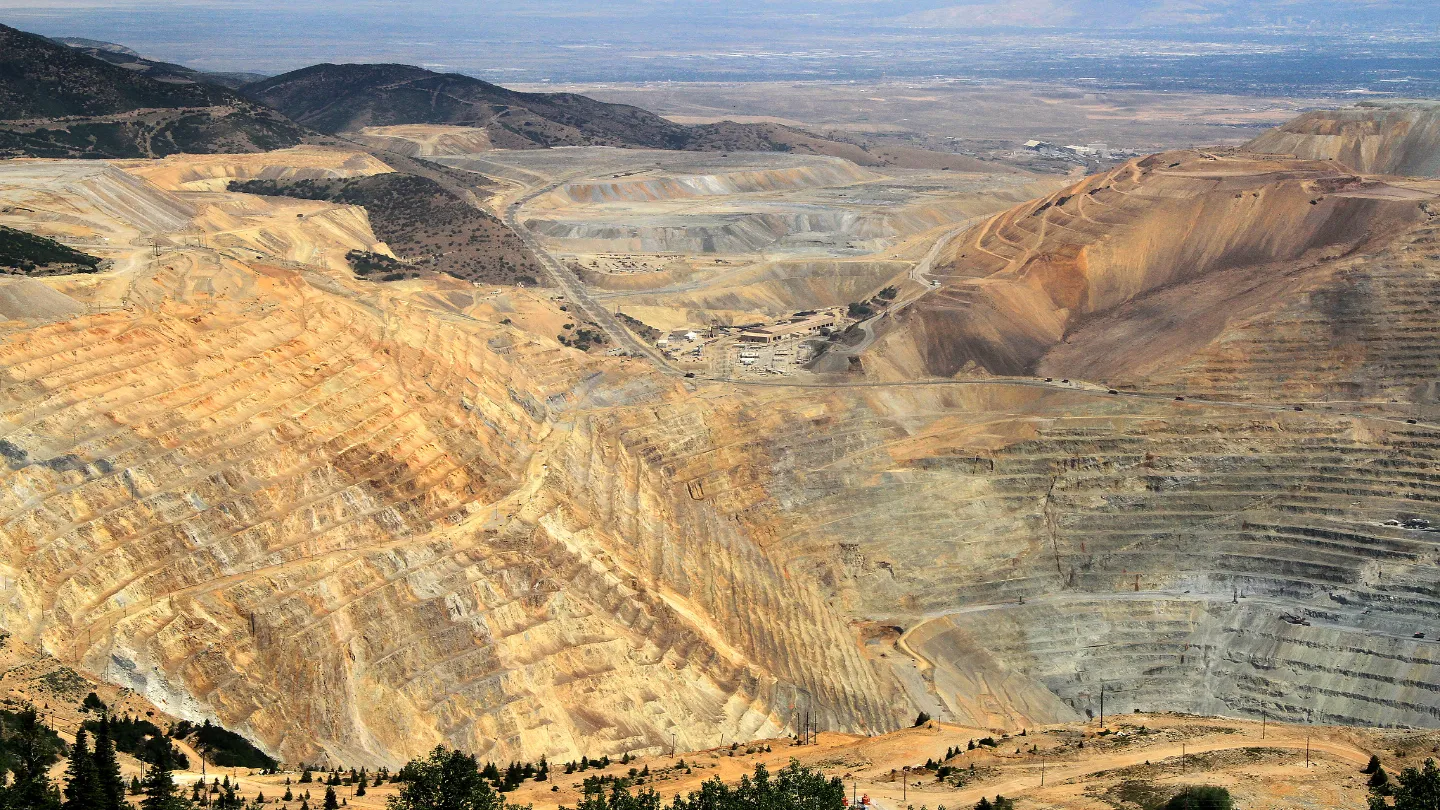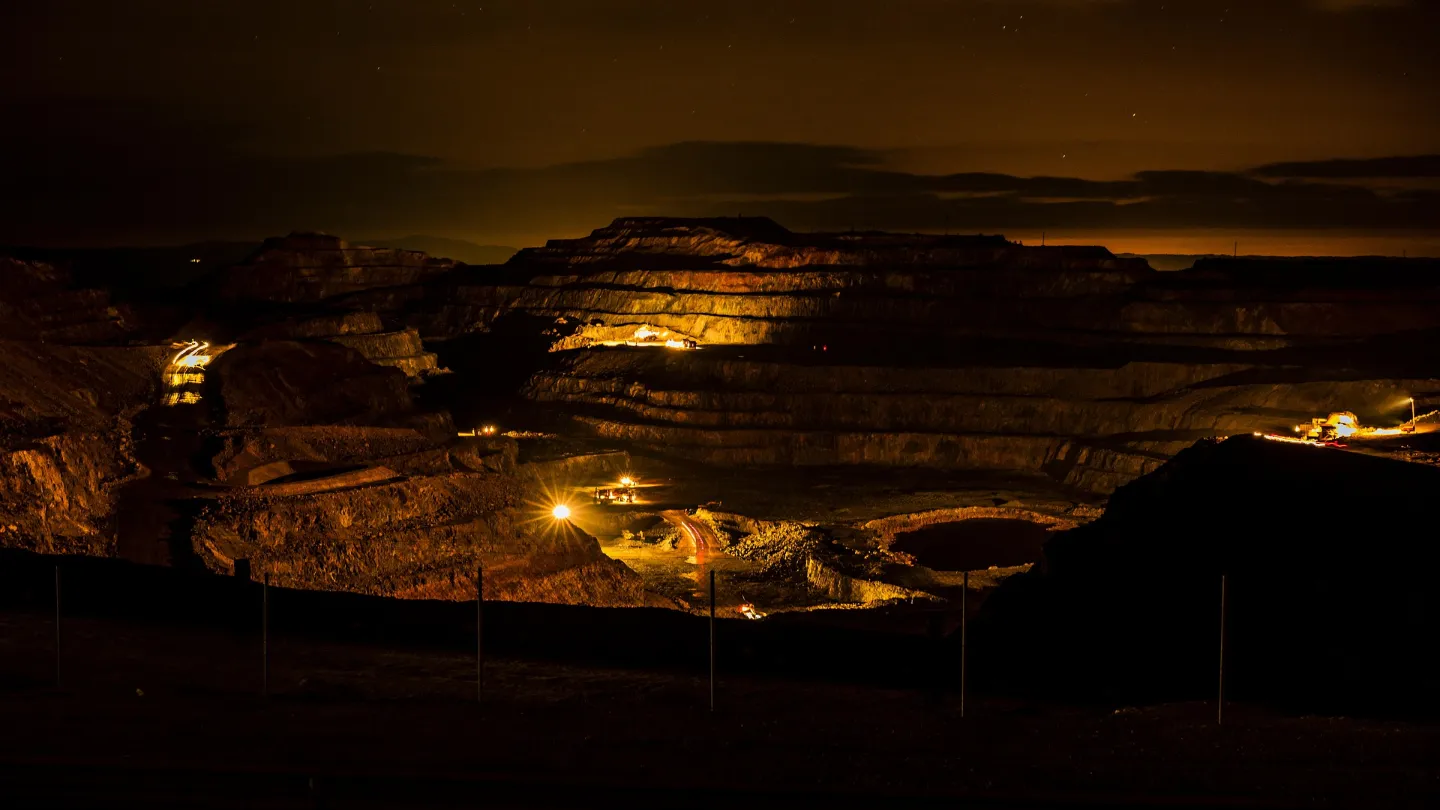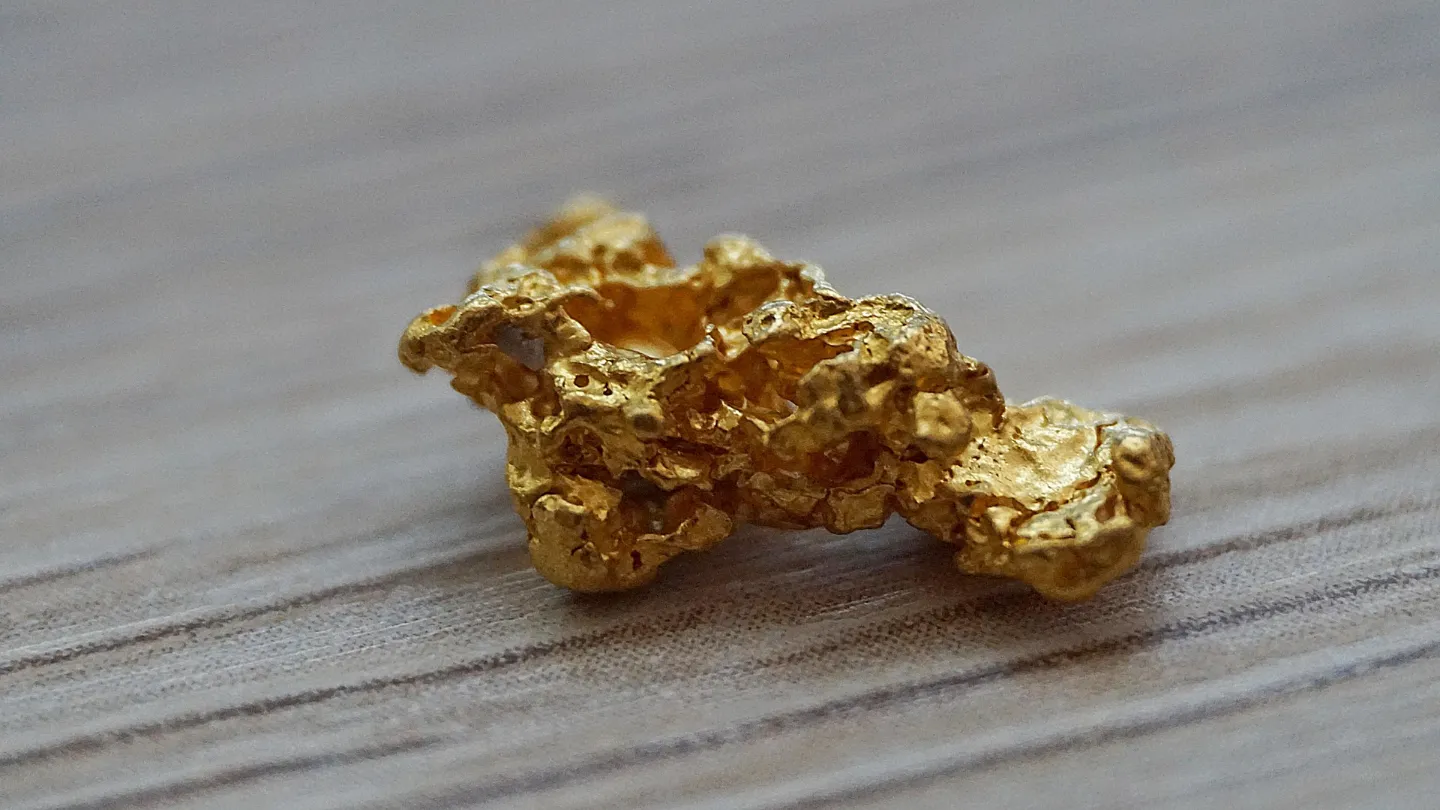Eagle Mountain Gold Project in west-central Guyana is owned by publicly listed gold mining, development and exploration company Mako Mining.
The company became the owner of the project following its acquisition of Goldsource Mines in July 2024.
Before the acquisition, Goldsource announced results for a Preliminary Economic Assessment (PEA) for Eagle Mountain Gold Project in January 2024.
The PEA concluded that the gold project can produce 66,500oz per year on average for 15 years (LOM).
The assessment indicated strong economic potential through a phased development approach, with an after-tax internal rate of return (IRR) of 57% and an after-tax net present value (NPV), discounted at 5%, of $292m at a gold price of $1,850 per ounce.
Total capital costs for the project, including pre-production capital expenditures for Phase 1 and Phase 2 and sustaining requirements, are estimated at $296m.
According to the company, the positive results of the PEA support progressing to a pre-feasibility study for further assessment.
History
Alluvial gold mining in the Eagle Mountain area can be traced back to 1884.
During the latter half of the 20th century, several phases of exploration were carried out in the area.
The Eagle Mountain Gold Project and the adjacent Mahdia Valley areas to the north were previously owned by Golden Star Resources (GSR).
GSR partnered with Cambior to explore the Eagle Mountain Property between 1998 and 2002 through a joint venture Omai Gold Mines (OGML).
OGML also operated the historical Omai Gold Mine, located 45km northeast of the Eagle Mountain Project Licence (EMPL).
In 2002, GSR sold its interest in OGML to Cambior, which later became part of IAMGOLD Corporation in 2006, making OGML a 95%-owned subsidiary of IAMGOLD, with the remaining 5% held by the Republic of Guyana.
In 2010, Eagle Mountain Gold (EMGI), then known as Stronghold Metals signed an Option Agreement with OGML and IAMGOLD to acquire an interest in EMPL.
It earned a 50% stake in the project by January 2012. In the same year, Stronghold Metals secured a 50% interest in EMGI and rebranded as Eagle Mountain Gold (EMGC).
EMGC exercised its option in February 2013 to acquire the remaining 50% of EMGI and the Eagle Mountain Project. In February 2014, Goldsource merged with EMGC, securing full ownership of EMPL.
In March 2024, Mako Mining signed an arrangement agreement to acquire all the issued and outstanding common shares of Goldsource. The deal, which made Mako 100% owner of Eagle Mountain Gold Project, closed in July 2024.
Eagle Mountain Gold Project Location
The Eagle Mountain Gold Project is located approximately 200km south-southwest of Georgetown, the capital of Guyana.
The 5,050-hectare site includes 4,784-hectare Eagle Mountain Prospecting License 03/2019 (EMPL) and Kilroy Mining Medium-scale Mining Permit K-60/MP/000/2014 that includes 254-acre area.
The project has two gold deposits– Eagle Mountain and Salbora, along with several other exploration targets.
Geology and Mineralisation
The Eagle Mountain Gold Project is situated in the northern region of the Guiana Shield, which consists of Paleoproterozoic greenstone belts and associated tonalite-trondhjemite-granodiorite (TTG) intrusive formations.
The property is primarily underlain by metavolcanic and metasedimentary rocks, with gold mineralisation at the Eagle Mountain deposit hosted within a composite granodiorite pluton. At the Salbora deposit, mineralisation occurs in metavolcanic rocks adjacent to a northeast-trending monzonite dyke.
At the Eagle Mountain deposit, shallow-dipping faults in granodiorite vary from narrow, highly silicified alteration zones to broader zones of pervasive deformation and fracturing. These fault zones exhibit silicification, chlorite alteration, and disseminated pyrite associated with gold mineralisation.
Salbora deposit features steep breccia zones displaying chloritic alteration, silicification, and disseminated pyrite with associated gold mineralisation.
Mineralised fault zones at the Eagle Mountain deposit range from 1m to 40m in thickness, separated by 10 to 100m of unmineralised granite. Salbora deposit hosts gold mineralisation within steep breccia zones that merge near the surface into a broader, sub-horizontal mineralised zone.
Mineral Resource Estimate
Eagle Mountain Gold Project Mineral Resource Estimate (MRE) comprised an estimated 31.1 million tonnes (Mt) grading 1.18g/t gold for 1.18 million oz of gold in indicated mineral category.
It comprises 18.4Mt grading 0.98g/t gold for 582,000oz of gold in inferred mineral resources.
Mining and Recovery
The PEA proposed a phased development plan for the Eagle Mountain and Salbora deposits.
The first phase, estimated at 4.5 years, considers initial gold production from saprolite mineralisation via mostly free digging.
In Phase 2, gold will be produced from a blend of fresh rock, transition rock and saprolite mineralisation. Production is estimated to run for 10.5 years.
Mill feed rates are estimated to be at 1.815Mtpa (5,000 tpd) in both phases.
Traditional load and haul methods are planned to be used that would involve the use of hydraulic excavators, and/or wheel loaders.
Mined material will be transported from the bench to one of three destinations— the processing plant, Run of Mine (ROM) stockpiles, or the waste dump—depending on its classification.
Articulated dump trucks (ADT) are suited for the site’s hilly saprolitic terrain. The planned fleet will also include Caterpillar 740 (36 metric tonnes) models or equivalent alternatives.
Ancillary equipment, including bulldozers, motor graders, and water trucks, will be deployed extensively for maintaining haul roads, ramps, and waste dumps. Additional support vehicles, such as maintenance, fuel, and lube trucks, will be used to service the primary fleet.
In Phase 2, drill-and-blast operations will be introduced for fresh rock extraction, requiring open-pit drill rigs.
The processing plant will be capable of handling 5,000 tonnes per day (tpd) of gold-bearing mill feed.
Phase 1 will feature a low-capital-expenditure saprolite carbon-in-leach (CIL) plant equipped with two leach tanks, five CIL tanks, a scrubber, a ball mill, cyclones, and a gravity concentrator, among other components.
Phase 2 will primarily process fresh rock, requiring additional equipment such as a primary crusher, a semi-autogenous grinding (SAG) mill, a thickener, and a secondary cone crusher to handle the harder material. Coarse and bulk materials extracted in Phase 1 will be stockpiled for processing in Phase 2.
Key Infrastructure
Eagle Mountain Gold Project will include a processing plant; laboratory /testing facility; waste dumps; tailings storage facilities; warehouse; maintenance shop; fuel storage facility; water storage and water treatment facilities among others.
An Independent Power Producer is expected to supply power to the site on a power-by-the-hour basis. Fuel supply for generators and mobile equipment will need to be arranged through negotiations with local suppliers.
Two 500 kVA and one 120 kVA diesel generators are on site.
The gold project is located approximately 8km south of Mahdia Township, Campbelltown, and the Mahdia commercial airstrip. Mahdia is accessible by road from Georgetown.
Contractors Involved
ERM Consultants Canada completed a Preliminary Economic Assessment (PEA) and prepared a Technical Report on the Eagle Mountain Gold Project. Consultancy firm Soutex also contributed.





